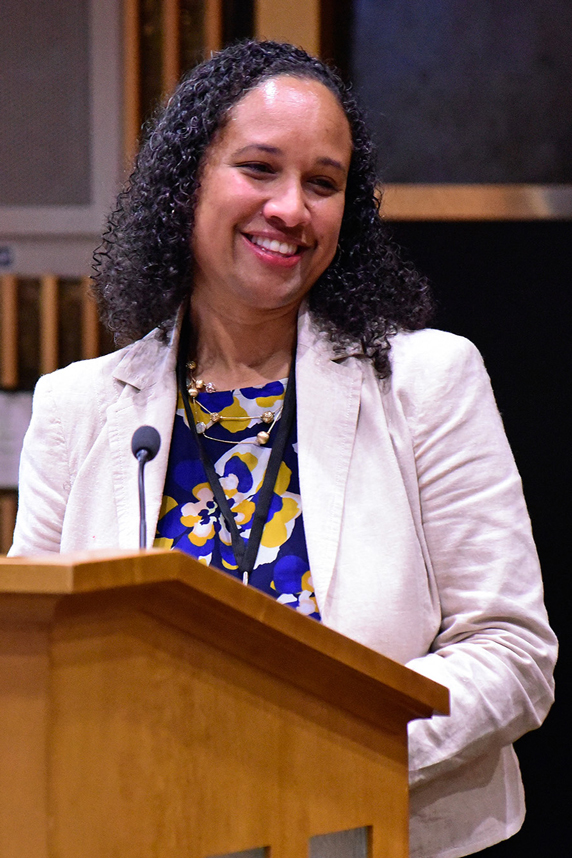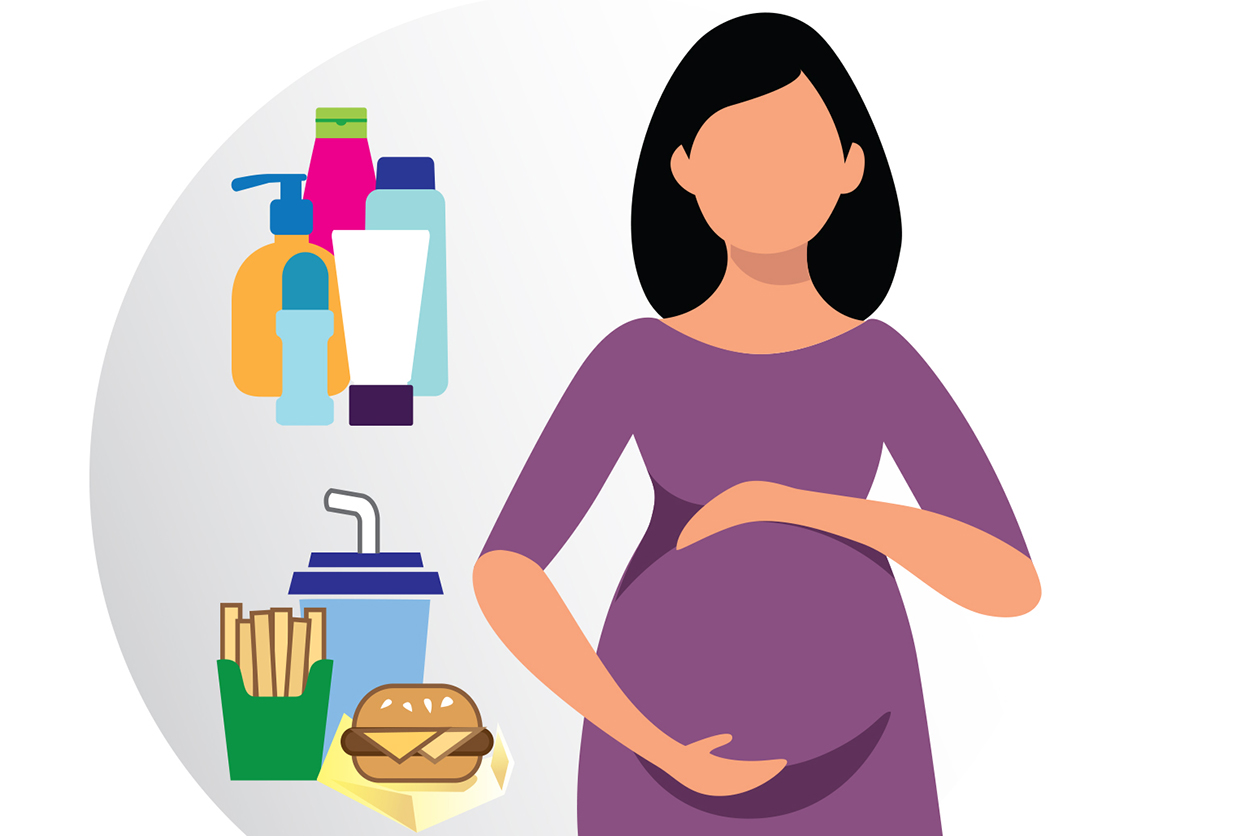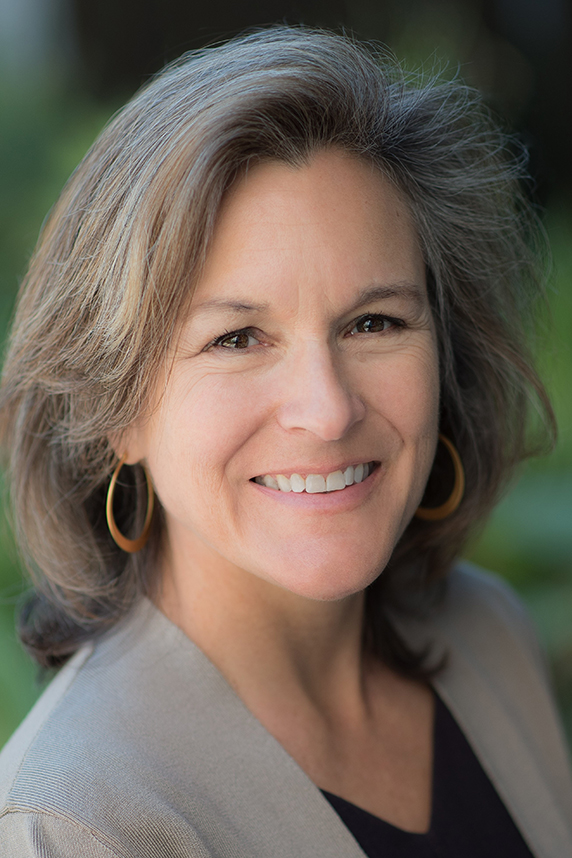Early-life vulnerability to environmental exposures was explored during a four-day National Academies of Sciences, Engineering, and Medicine (NASEM) workshop, held Aug 1-4. “Children’s Environmental Health: A Workshop on Future Priorities for Environmental Health Sciences,” sponsored by the U.S. Environmental Protection Agency (EPA), featured several NIEHS scientists and grantees who shared their expertise, offered advice, and discussed how environmental health sciences can help inform policy.
New research methods for risk assessment, ongoing and emerging environmental risks to children, and environmental influences across the lifespan were just some of the topics explored by workshop attendees.
“Throughout this workshop, we learned how science is moving forward actual protections while also balancing uncertainty with the need to act and prevent,” said NIEHS grantee Nsedu Obot Witherspoon, executive director of the Children’s Environmental Health Network (CEHN) and planning committee member for the workshop. Witherspoon oversees the NIEHS-funded Children’s Environmental Health Research Translation Centers (CEHRT) National Coordinating Center at Emory University.
 The seventh annual Children’s Environmental Health Day will be Oct. 13, Witherspoon said. She is a former National Advisory Environmental Health Sciences Council member. (Photo courtesy of Steve McCaw / NIEHS)
The seventh annual Children’s Environmental Health Day will be Oct. 13, Witherspoon said. She is a former National Advisory Environmental Health Sciences Council member. (Photo courtesy of Steve McCaw / NIEHS)“We know that lifelong impacts due to environmental exposures, especially the critical windows during development, continue to be present and are emerging continuously in our research findings,” she said. “Identification of negative health effects should mobilize action.”
Risk assessment across the lifespan
Risk assessments could better account for children’s increased health susceptibility and potential place-based exposures, and they should consider the higher susceptibility that exists among infants, children, and pregnant people.
For example, chemical production is ever-increasing, and the lifelong effects from some exposures continue to be uncovered. Some remediation strategies shared at the workshop included incentivizing safer chemical production, raising awareness among the public, and expanding protections within existing laws.
But now is the time to expand our approach, according to Linda Birnbaum, Ph.D., former director of NIEHS and the National Toxicology Program. “It is time to rethink risk assessment as a tool for prevention to articulate the cumulative risks within communities for the purpose of characterizing the risk to children,” she said.
 This image shows how a pregnant person may be exposed to phthalates by eating packaged foods and beverages or through use of some personal care products. (Image courtesy of NIEHS)
This image shows how a pregnant person may be exposed to phthalates by eating packaged foods and beverages or through use of some personal care products. (Image courtesy of NIEHS)Birnbaum said consistent approaches exist for dealing with individual chemicals and considering different routes of exposure. “Now, we are emphasizing looking at exposure during different life stages, which has not often been done, yet is important when talking about children’s health risk,” she noted. “So, progress is underway. The question that remains is should we be adapting the risk assessment vertically for children’s health to look at cumulative exposures — multichemical exposures — over different times in the life course, and how do we do that.”
The caveat here is that the chemical environment continually changes.
Chemical mixtures: a confounding complication
Cumulative assessments over time should include mixtures of exposures. NIEHS grantee Brenda Eskenazi, Ph.D., director of the Center for Environmental Research and Community Health, University of California, Berkeley, pointed out pesticides are seldom used in isolation.
“When we research pesticides, we’re talking about mixtures because it is rare, for example, in agriculture, to use just one chemical,” Eskenazi said. Moreover, pesticide exposures are expensive to evaluate at $100-$150 per sample, she added, making repeated samples over the course of a pregnancy or throughout childhood cost-prohibitive.
In addition, replacement chemicals are a growing concern, said NIEHS Perinatal and Early Life Epidemiology Group scientist Kelly Ferguson, Ph.D., who discussed recent research investigating exposure to phthalates among pregnant people and the effect on fetal and early childhood health and development. Phthalates are a group of chemicals used to make plastics more durable, and they are used in personal care products, plastic packaging, vinyl flooring, and garden hoses.
“We found decreasing exposure from 2007 to 2018 to all phthalates metabolites we measured, and this may seem like pretty good news; however, at the same time among the same participants, levels of terephthalate metabolites increased dramatically,” Ferguson said.
 In this Partnerships for Environmental Public Health podcast, Woodruff speaks about preventing prenatal exposures. (Photo courtesy of Tracey Woodruff / UCSF)
In this Partnerships for Environmental Public Health podcast, Woodruff speaks about preventing prenatal exposures. (Photo courtesy of Tracey Woodruff / UCSF)Researchers and policymakers could work toward solutions to protect children’s health under the Toxic Substances Control Act (TSCA), which could be used to identify data and policy approaches to act on indicators of harm, according to Tracey Woodruff, Ph.D., director of the NIEHS-funded Environmental Research and Translation for Health Center (EaRTH Center) at the University of California at San Francisco (UCSF).
TSCA allows EPA to require reporting, testing requirements, and restrictions relating to chemical substances and mixtures, and specifically requires that EPA consider risks to susceptible subpopulations that include children and pregnant women. However, certain substances are currently excluded under TSCA, including pesticides.
“Looking at chemical classes rather than individual chemicals, which could be done under TSCA, will help to address the issue about not substituting one toxic chemical for another,” Woodruff said.
(Jennifer Harker, Ph.D., is a technical writer-editor in the NIEHS Office of Communications and Public Liaison.)









